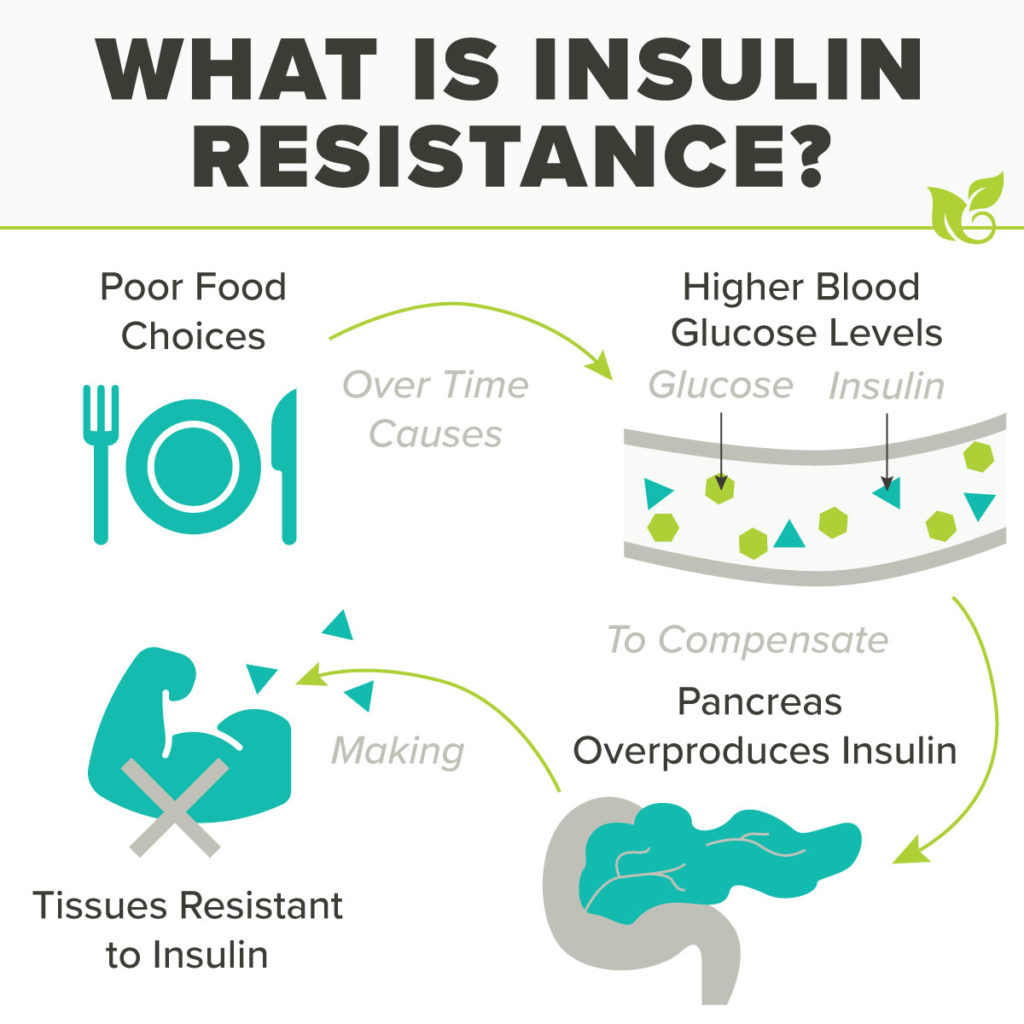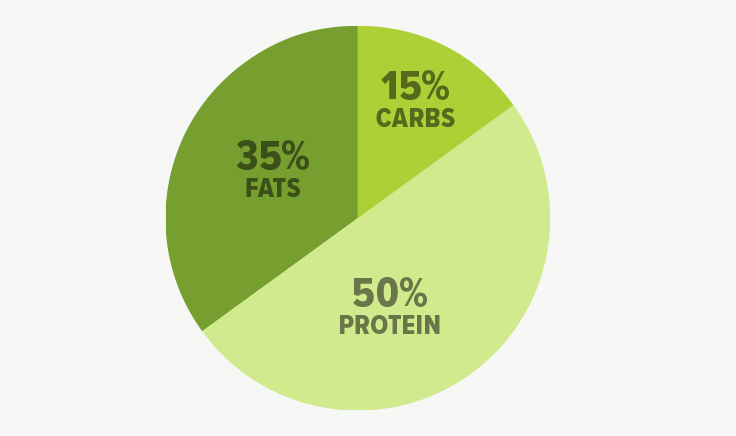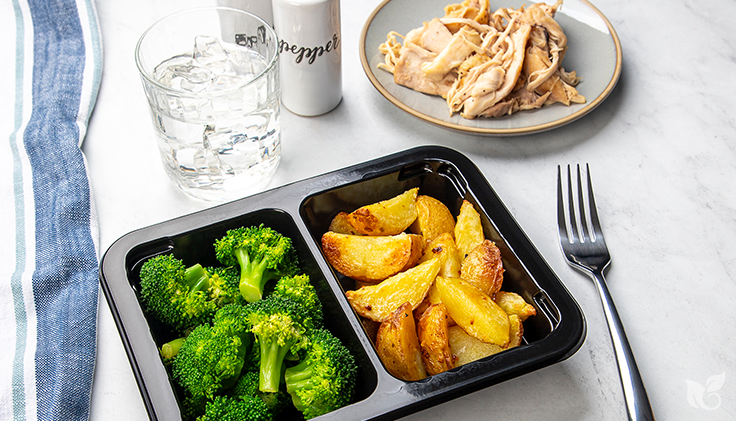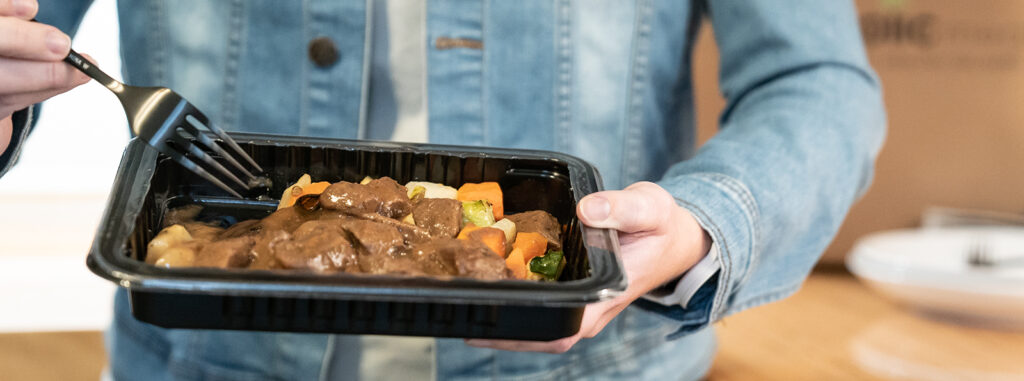Insulin’s most important role is to regulate your blood sugar. Your pancreas secretes insulin whenever you consume carbohydrates or sugar. Its purpose is to control your body’s absorption of those elements and to send signals to burn the sugar for energy.
When the body is inundated with sugar, it’s constantly producing insulin in response. In time, you’ll grow more resistant to insulin, and your body will stop responding to its cues to burn sugar. Unfortunately, excess sugar in the bloodstream and the resulting cellular damage and metabolic problems are all too common. It’s estimated that nearly half of all adults in the US are pre-diabetic.
It doesn’t take long before you start suffering the damage, either.

Conversely, being insulin sensitive means that your body needs to secrete only a minimal amount of insulin to control your blood sugar. Raising insulin sensitivity is one the best things you could possibly do for your long term health. The downstream effects include: decreased chances of diabetes, cardiovascular disease, Alzheimer’s, cancer and various hormonal imbalances. Increased muscle mass, decreased body fat and a faster metabolism are all benefits from increased insulin sensitivity.
So how do we regain the insulin sensitivity we had at a younger age and take back control of our health?
Get into a Temporary Calorie Deficit
Even a small drop in your bodyweight can significantly improve insulin sensitivity. A number of great calculators exist out there to help estimate the number of calories you should be consuming to maintain your weight based on current mass, age and activity levels. Decreasing calories by 300-500 per day is a good place to start for steady weight loss. Don’t get too aggressive with calorie reduction. It’s not healthy or sustainable.
Prioritize Protein at Every Meal
Protein helps lower the glycemic response of a meal and is very satiating. These two factors are incredibly important for long term success. Protein will also help build muscle which leads to burning more calories — even at rest.

Reduce Your Carbohydrates
According to the Journal of the American Medical Association, Americans on average get 50.5% of their calories from carbohydrates with a very large proportion coming from processed, high sugar and low-fiber foods. Easy access to snacks, desserts, sugary beverages and grab-and-go items are the main culprits.
Unfortunately, these seem to be the exact foods many Americans are purchasing from the store right now while fresh produce is largely left untouched.
Keeping carbs at less than 20% of total caloric intake can have profound health benefits. Aim for less than 100g per day, divided out between 3 meals.
Go for a 10 Minute Walk After Each Meal
Research suggest that simply walking instead of sitting after a meal may be even more effective than the popular drug, Metformin for lowering post-meal glucose.

Eat at the Same Times Each Day
Studies found that people who eat at random times every day had higher BMI’s when compared to people who had structured eating times. This result is likely from appetite, digestion and fat mobilization all being highly influenced by circadian rhythms. It should also be noted that structured eaters tend to be more aware of their daily calorie consumption.
What a Sample Day Looks Like

Protein | 50%
Carbohydrates | 15%
Fats | 35%

8:30 am | 10 min walk

12:30 am | 10 min walk

3 pm | Macadamia Nuts + 1 Orange

6:30 am | 10 min walk
Want to design your own day? Check out the menu for ready-made meals, signature sides, premium proteins and desserts.









